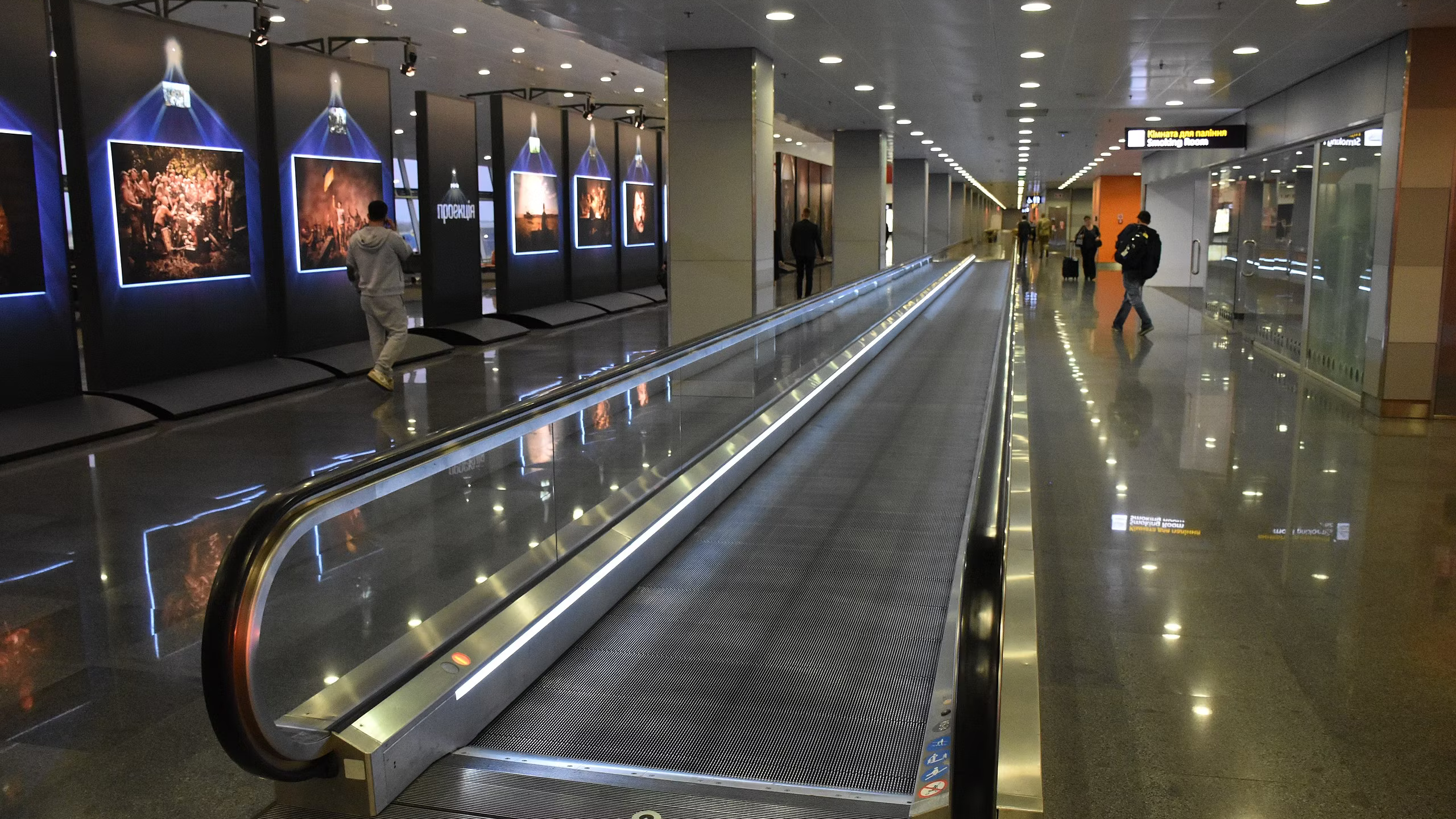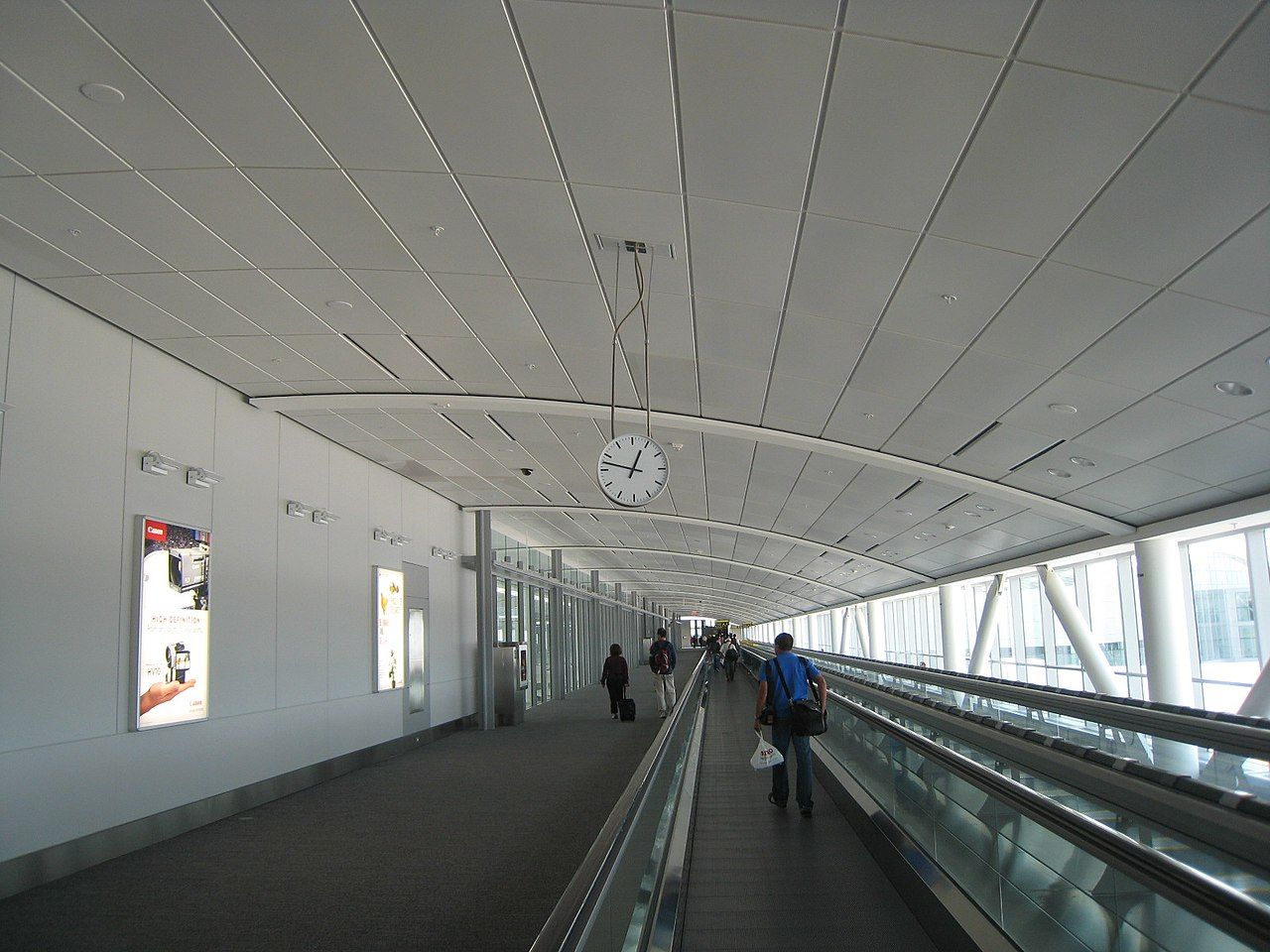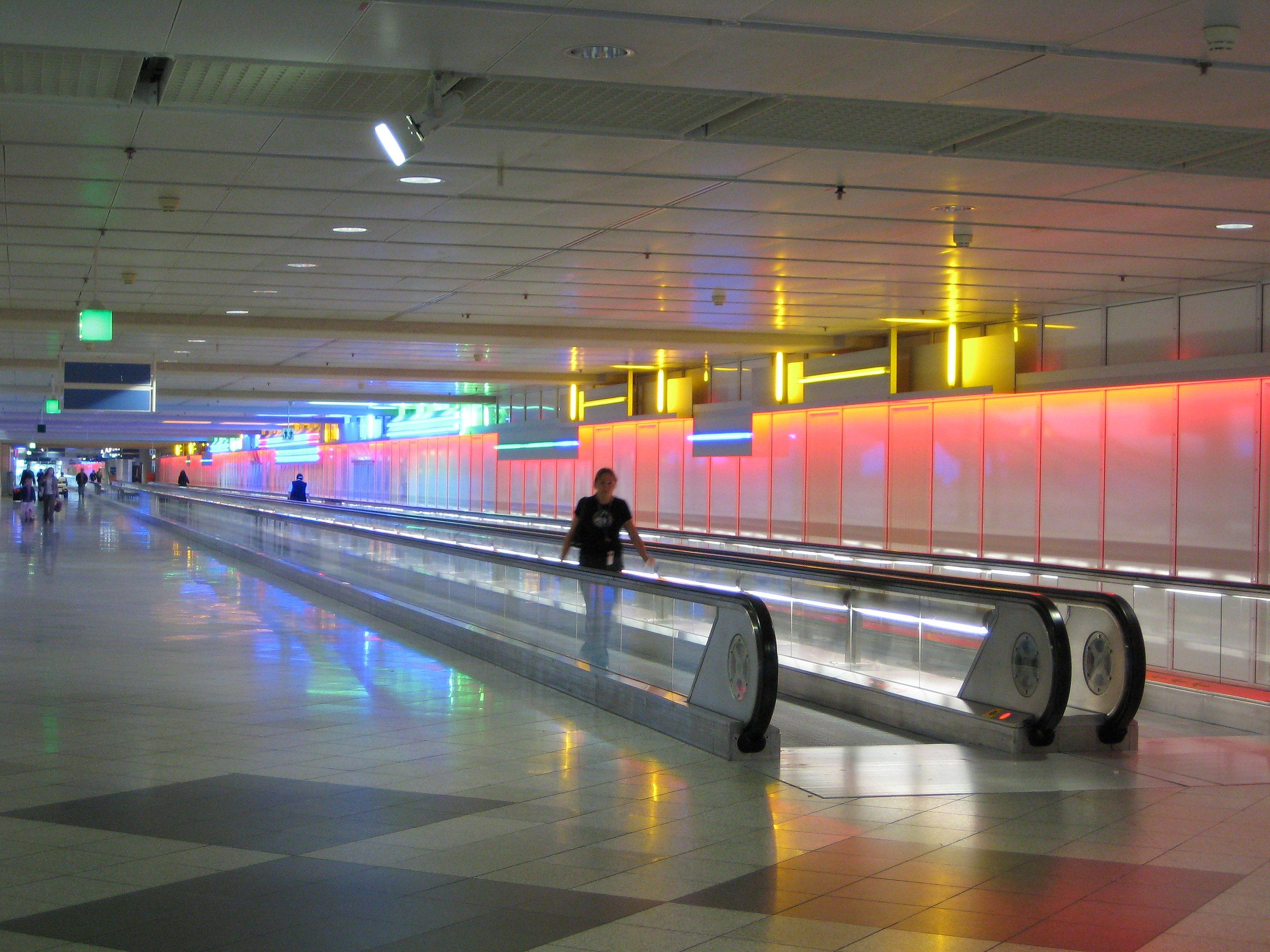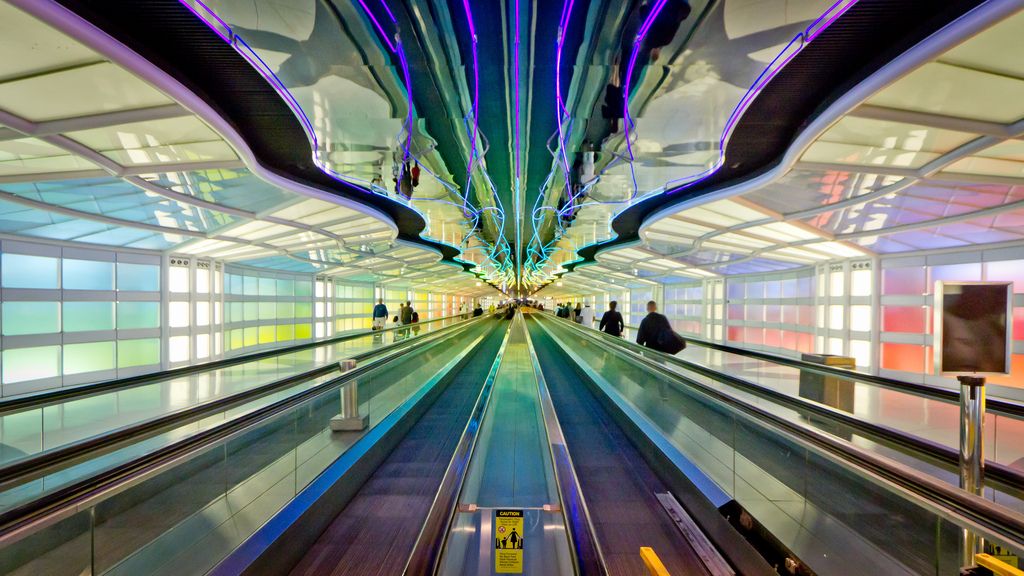Summary
- Moving walkways help to manage passenger flow in airports.
- They also provide a pleasant break for travelers in large terminals.
- Art and sculptures can enhance the travel experience on moving walkways.
Moving walkways are a common sight at most domestic and international airports. As the size of the airports gets bigger, the need to manage passenger movement across terminals and concourses increases. That is where moving walkways serve a useful purpose.
Despite the popular belief that moving walkways increase passenger speed, these are essentially the "people" version of traditional conveyor belts. Moving walkways are designed to manage the flow of passengers, while ensuring the safety of everyone.
Moving walkways at airports
In the late 1950s, there was a significant increase in air travel in the United States. More people could afford to travel by air, and as such, airport terminals began to expand. Large terminals with numerous gates meant longer distances for traveling passengers.
In order to facilitate on-foot travelers, a conveyer belt with handrails was designed. The first moving walkway in an airport was introduced at the Dallas Love Field Airport (DAL) in January 1958.
The new system was advertised as assistance for tired travelers, to benefit those who could not walk long distances, and for travelers with short flight connections. Two years later, in 1960, American Airlines sponsored the first moving walkway in Terminal 4 at Los Angeles International Airport (LAX).
A pleasant break
Walking through airport terminals can be a huge feat, especially for jet-lagged passengers. At large airports, a majority of travelers have to cover long distances to and from their gates.
For example, Philadelphia International Airport (PHL) has one of the longest treks, totaling approximately 1.5 miles (2.4 km) between the endpoints of concourses A and F. Even though the airport offers a shuttle service between concourses, not everyone wants to wait for a shuttle, and in return, gain dependability.
Passengers rushing through terminals along with their luggage often find moving walkways to be a pleasant break. It is noteworthy that a moving walkway may not necessarily reduce travel time for travelers, but fast-moving travelers may continue to walk (on the moving walkway), which adds to their normal walking speed.
Controlled movements
Inside airport terminals, where large volumes of people navigate in different directions, controlled movements are necessary to minimize congestion. Airports synchronize passenger traffic with the help of moving walkways. These walkways are typically installed in pairs, with one in each direction of travel.
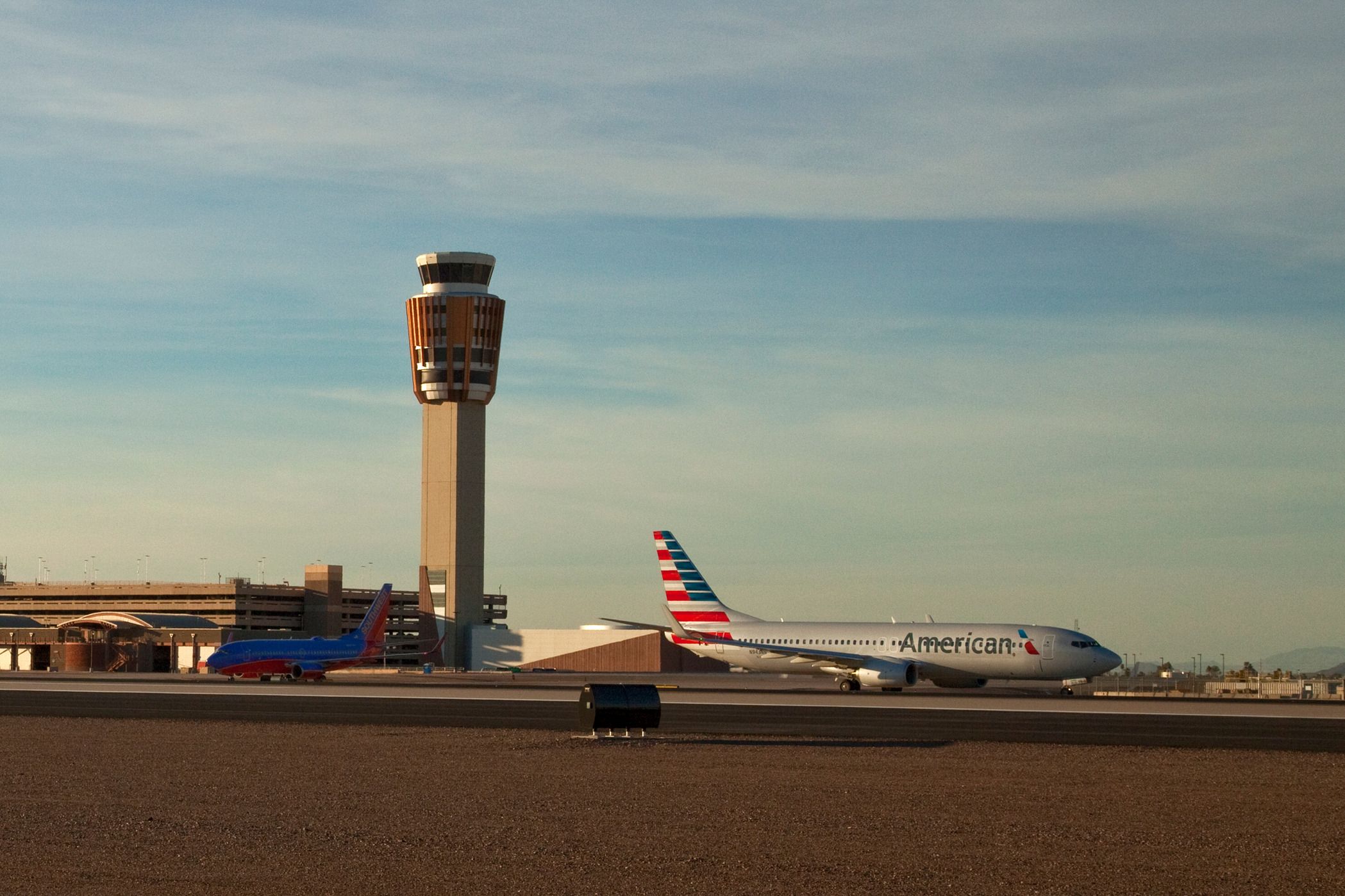
Time To Gate: Which US Airports Have The Longest Concourse Walks?
From a scenic fitness trail to the "Pioneer Trek" tunnel, discover several notable airport walks.Multiple sets of moving walkways are generally installed along the horizontal passageway in a terminal, and the location of the walkways depends on the size and design of the terminal. A pair of moving walkways can be installed on one side, in the center, or as single lanes on either side of the terminal passageway.
Art and culture showcase
Ever since the moving walkways have become essential for large terminals, interior designers have been finding ways to enhance the travel experience. Airports often place artwork and sculptures on the walls and ceilings along the moving walkways. Passengers get to experience local culture through music and visual art.
Chicago O’Hare Airport (ORD) showcases its 'Sky’s the Limit' sculpture above the moving walkway between terminals B and C. The sculpture provides a calming atmosphere through the use of sonic and light art.
Another example is the 700-foot (213-meter) long 'Light Tunnel' designed along the moving walkways at Detroit Metropolitan Airport. The area provides a unique experience of sound and light, with over 900 LEDs operating to a musical score. Such walkways, while long, certainly do not fail to entertain travelers.
Have you witnessed unique artwork on moving walkways at airports? Tell us in the comments section.

